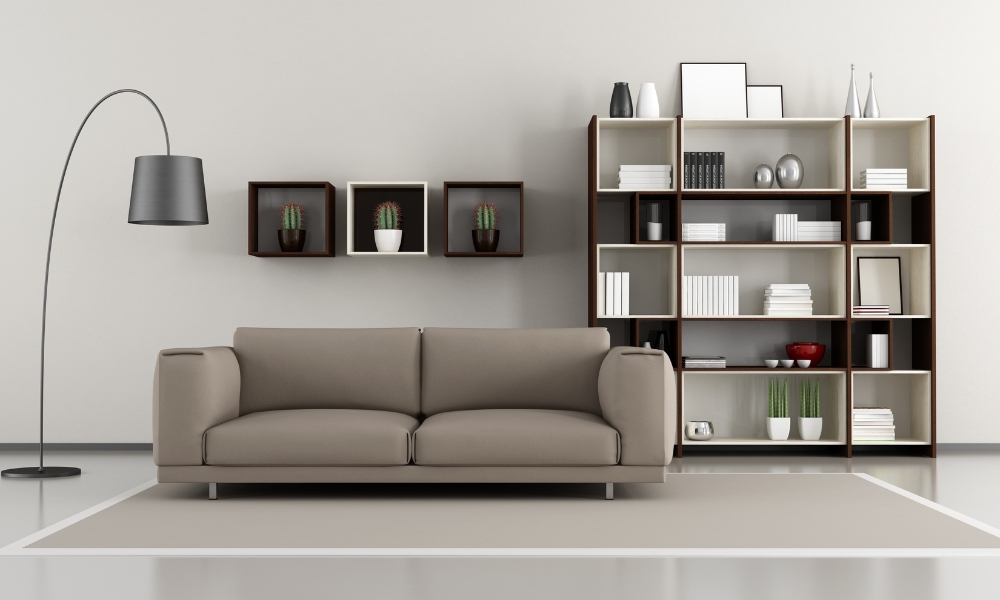Organize a bookshelf is a meticulous yet rewarding task that transforms a jumble of books into a harmonious display of knowledge and aesthetics. Whether you’re a bibliophile striving for functional efficiency or an interior enthusiast aiming to enhance your space, mastering the art of arranging books can elevate both the organization of your home and your reading experience. By employing strategic categorization, balancing visual appeal with practicality, and integrating personal touches, you can curate a bookshelf that not only showcases your literary treasures but also reflects your unique style and interests.
Why Should I Organize My Bookshelf?
Organizing your bookshelf offers numerous benefits beyond just tidiness. It facilitates easy access to your book, saving time that would otherwise be spent searching for a specific title. A well-organized bookshelf also enhances the aesthetic appeal of your space, transforming it into a focal point of intellectual curiosity and personal style. Additionally, organizing by category or genre allows you to create thematic sections that cater to different interests or moods, making it simpler to find books that suit your current reading preferences.
Organization Ideas
1. Sort By Genre Or Category
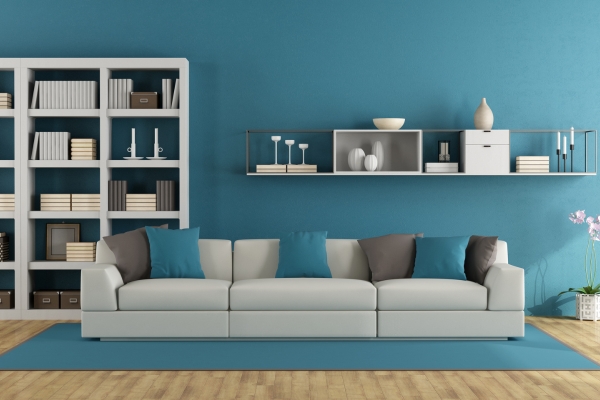
One effective way to organize a bookshelf is by sorting books into genres or categories. This method not only creates a visually cohesive arrangement but also helps you quickly locate books based on your mood or interest. For instance, grouping all your mystery novels together or organizing a section for history book can streamline your browsing experience and encourage you to explore different genres more systematically.
2. Alphabetical Order
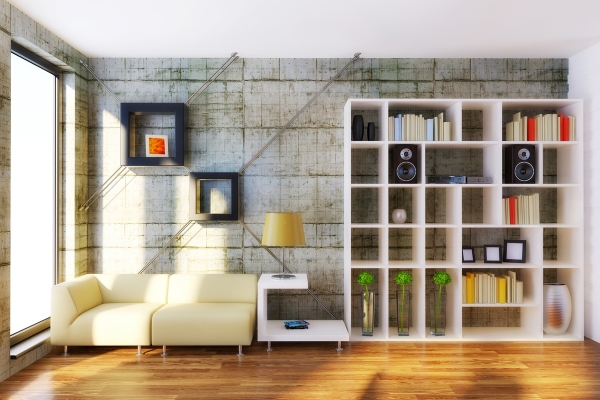
Another classic approach is organizing books alphabetically by author’s last name or title. Alphabetical order is straightforward and universally understood, making it easy for you and others to locate specific book without confusion. This method works particularly well for collections where you have a wide range of authors or series, ensuring that each book has its designated place and maintaining a neat appearance on your shelves.
3. By Size
Organizing books by size can create a visually pleasing arrangement that adds symmetry and balance to Put A Bookshelf In A Living Room. Start by grouping book of similar height together, either stacking larger book horizontally or aligning smaller ones vertically. This method not only maximizes shelf space but also gives your bookshelf a structured and organized appearance.
4. Color Coordination
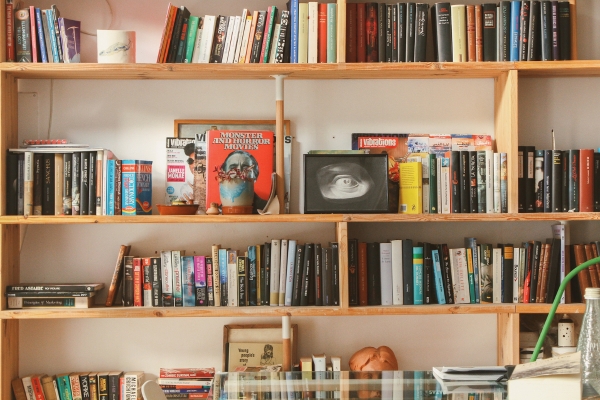
For those who appreciate aesthetics, organizing book by color can turn your bookshelf into a captivating display. Arrange book in a spectrum from light to dark hues or create patterns using complementary colors. While this method may not be the most practical for quick access, it adds a decorative element to your space, turning your book collection into a focal point of visual interest.
5. Priority or Frequency of Use
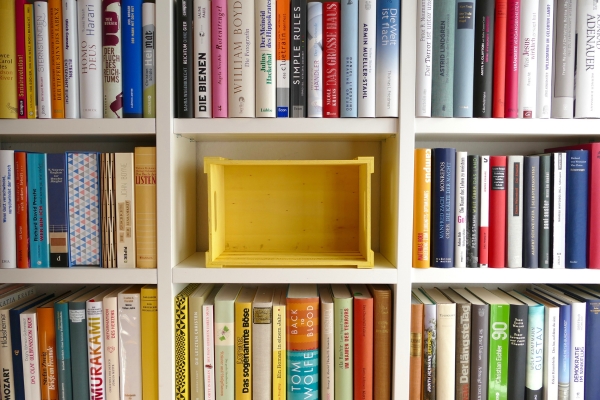
Consider organizing your bookshelf based on how often you use or prioritize certain books. Place frequently accessed book within easy reach at eye level or in prominent positions. Reserve higher or lower shelves for book that are less frequently used or for those you want to showcase but don’t need to access daily. This approach ensures that your most valuable or beloved books are readily accessible while maintaining overall organization.
6. Use Bookends and Decorative Items
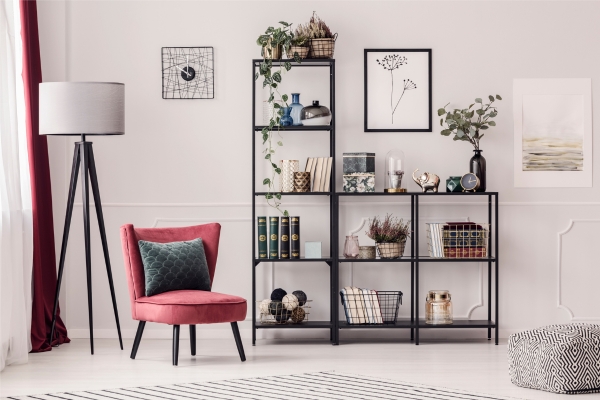
Incorporate bookends, decorative items, or personal memorabilia to enhance the organization and aesthetic appeal of your bookshelf. Bookends can help keep books upright and neatly aligned, especially useful for smaller sections or collections. Adding decorative items like plants, figurines, or framed photographs can personalize your bookshelf and create a visually engaging display that reflects your personality and interests.
7. Consider Functionality
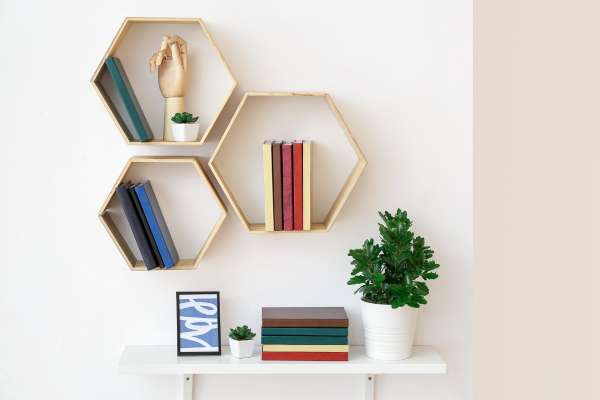
When organizing your bookshelf, prioritize functionality by placing frequently used books within easy reach and organizing them in a way that makes sense for your reading habits. Consider grouping books by theme, genre, or author to facilitate quick access and enhance your reading experience.
8. Leave Room for Growth
Anticipate future additions to your book collection by leaving some empty space on your shelves. This allows room for new acquisitions and prevents overcrowding, maintaining the organization and visual appeal of your bookshelf over time.
What Should I Do With Books I Haven’t Read Yet?
Books you haven’t read yet can be organized separately or integrated into your main collection, depending on your preference. Consider creating a designated “to-be-read” section on your bookshelf to keep these book easily accessible and visible, reminding you of your reading goals. Alternatively, if space permits, intersperse unread books throughout your shelves based on genre or theme to integrate them into your overall collection.
Should I Organize My Books Differently If I Have Limited Shelf Space?
If you have limited shelf space, prioritize practicality and accessibility when organizing your books. Consider organizing books vertically rather than stacking them horizontally to maximize space. Utilize adjustable shelves or modular units to customize storage according to your collection’s size and shape. Group books tightly together to minimize empty spaces and consider storing less frequently accessed books in alternative locations, such as under beds or in storage boxes. Prioritize organizing by genre or category to make the most efficient use of available space while still maintaining a sense of order and ease of access.
Conclusion
organizing a bookshelf is more than just arranging books; it’s about creating a functional and aesthetically pleasing space that enhances both your home decor and your reading experience. Whether you choose to organize by genre, alphabetical order, size, color, or functionality, the key is to find a method that suits your personal preferences and lifestyle. By leaving room for growth, considering the functionality of your arrangement, and incorporating decorative elements, you can transform your bookshelf into a curated display that reflects your literary interests and adds character to your living space. Ultimately, a well-organized bookshelf not only makes finding and enjoying your favorite reads easier but also contributes to a sense of order and harmony in your home.
